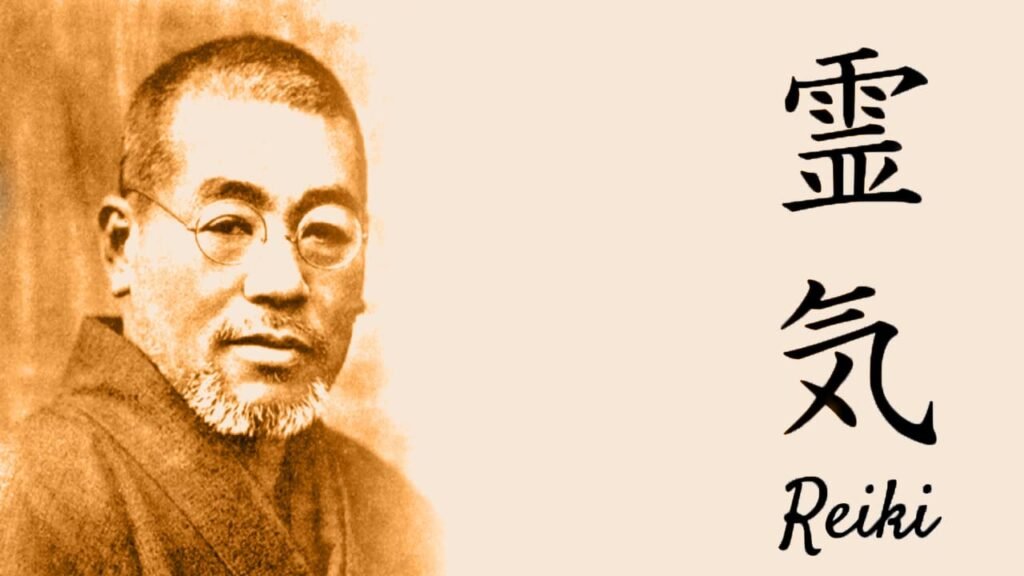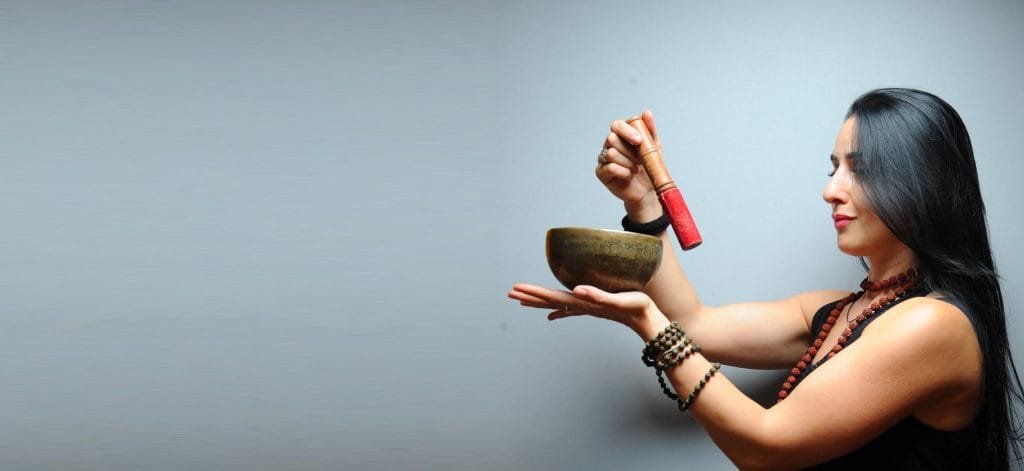Reiki, a form of energy healing, has been gaining widespread attention for its ability to promote emotional and mental well-being. Rooted in Japanese tradition, this alternative therapy is celebrated for its potential to reduce stress, enhance relaxation, and foster emotional healing. Whether you are new to Reiki or an intermediate practitioner, this article will guide you through its origins, benefits, and techniques, while also exploring the cultural significance of Reiki and the role of Reiki music in healing. By the end, you will understand how Reiki can transform your life and how to book a session to embark on your healing journey.
What is Reiki?
Reiki, derived from the Japanese words “Rei” (universal) and “Ki” (life energy), is a spiritual practice and healing technique developed by Mikao Usui in the early 20th century. Rooted in ancient Japanese traditions, Reiki focuses on the idea of universal energy that flows through all living beings. Practitioners believe that disruptions in this energy can lead to emotional, mental, or physical imbalances, and Reiki aims to restore harmony by channeling this energy through touch or near-touch techniques.

Origins and Philosophy
Reiki’s origins trace back to Japan, where Mikao Usui combined Buddhist teachings, meditation, and traditional healing methods to create this unique practice. Central to Reiki is the belief that the body has an innate ability to heal itself when its energy pathways are balanced. By using specific hand placements, Reiki practitioners help clients reconnect with their energy flow, promoting holistic health.
Common Practices
Reiki sessions typically involve the practitioner placing their hands gently on or above the recipient’s body. The aim is to transfer energy to areas of blockages, enhancing the body’s natural healing processes. While Reiki is spiritual in nature, it is not affiliated with any religion, making it accessible to individuals of all beliefs.
How Does Reiki Work?
At the heart of Reiki lies the concept of energy flow. This life energy, or “Ki,” flows through the body’s chakras—energy centers that play a vital role in emotional, physical, and mental health. When these energy centers are blocked or imbalanced, it can lead to stress, anxiety, or even physical ailments.
The Role of Chakras
Reiki practitioners focus on aligning and unblocking the body’s chakras to restore energy flow. For example:
• Root Chakra: Linked to stability and grounding.
• Heart Chakra: Associated with love and emotional healing.
• Crown Chakra: Connected to spiritual awareness.
Hand Positions and Techniques
Reiki sessions involve specific hand positions that correspond to these chakras. Practitioners may also use Reiki symbols, such as the Cho Ku Rei (power symbol) or Sei He Ki (emotional healing symbol), to enhance the healing process. These symbols amplify the energy flow, targeting emotional and mental blockages effectively.

The Benefits of Reiki
Reiki offers a wide range of benefits that cater to emotional, mental, and physical well-being. Here are some of the key advantages:
Emotional Healing
Reiki is renowned for its ability to help individuals process emotional trauma. By addressing energy blockages, it fosters a sense of peace, enabling recipients to release negative emotions and gain emotional clarity.
Stress Reduction and Relaxation
One of Reiki’s most immediate benefits is relaxation. Many clients report feeling deeply relaxed during sessions, which helps reduce stress and promote a sense of calmness.
Trauma Recovery
Reiki can support those recovering from mental or emotional trauma by providing a safe and soothing environment for healing. It complements traditional therapies by addressing energy imbalances that contribute to stress and anxiety.
Physical Health Benefits
While Reiki is primarily focused on energy healing, it may also alleviate physical symptoms like headaches, fatigue, and muscle tension by promoting overall balance in the body.
The Role of Reiki Music in Healing
Reiki music plays an integral role in enhancing the healing experience. This calming and meditative music helps create a serene environment, making it easier for clients to relax and connect with their inner selves.

How Reiki Music Works
Reiki music often incorporates soft melodies, natural sounds, and frequencies designed to promote relaxation and energy alignment. It complements the practitioner’s efforts by:
• Reducing mental distractions.
• Enhancing meditation and mindfulness.
• Deepening the overall healing experience.
Popular Reiki Music Choices
Many practitioners use music that resonates with the client’s energy. Some popular options include:
• Tibetan singing bowls.
• Nature-inspired sounds like flowing water or gentle winds.
• Tracks featuring Reiki symbols or mantras.

How to Find a Reiki Practitioner
Finding a qualified Reiki practitioner is essential to ensure a positive and effective experience. Here are some tips to guide your search:
Credentials and Experience
Look for practitioners certified in Reiki, preferably with experience in working with clients who share similar concerns, such as mental trauma or emotional stress.
Personal Comfort
Reiki sessions require trust and comfort between the practitioner and client. Schedule an initial consultation to discuss your goals and ensure you feel at ease with the practitioner.
Reviews and Recommendations
Seek recommendations from friends or read online reviews to find reputable practitioners in your area. Many practitioners offer testimonials or reviews on their websites.
Conclusion: Embark on Your Healing Journey
Reiki is more than just an alternative therapy—it’s a pathway to emotional and mental well-being. By addressing energy imbalances, Reiki fosters relaxation, emotional healing, and a deeper connection to oneself. If you’ve been struggling with stress, anxiety, or emotional trauma, Reiki could be the holistic solution you’ve been seeking.
Ready to experience the transformative power of Reiki? Book a session with a qualified practitioner today and take the first step on your journey to healing and balance.

